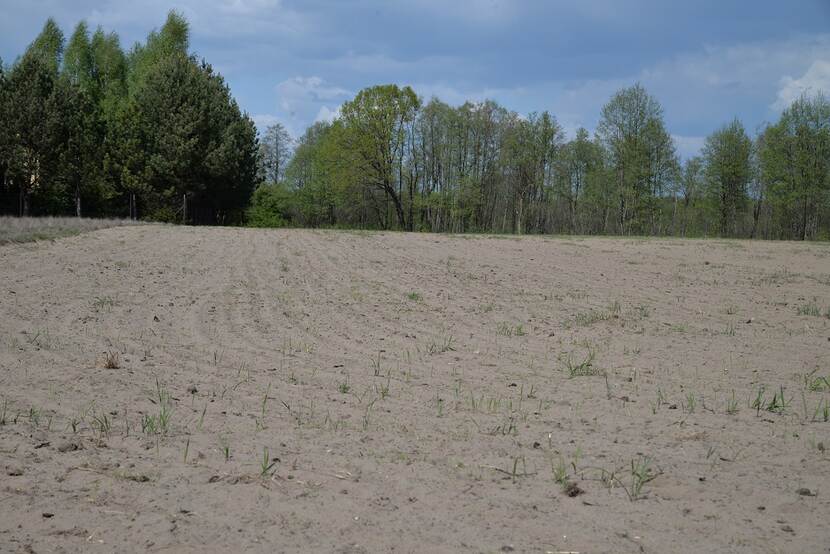Poland experiences sandstorms

This week, in many regions of Poland strong wind is blowing, which intensifies the effect of wind erosion. Strong winds are accompanied by clouds of dust and sand that are floating over fields not yet covered with vegetation in Poland. Such strong wind erosion leads to slow degradation of the soil. The phenomenon is compounded by the fact that the top layer of soil is extremely dry, and this causes that particles of sand, loam, etc. can easily be displaced to considerable distances. Spring crops are mainly at risk, including delicate seedlings of many species, e.g. sugar beet. Such strong winds can "blow them out" from the fields. What's more, the particles of sand can cause micro-damage of plants that can become a gateway to infection of many pathogens. The wind erosion is much correlated with the land form. Its strongest effects are observed in the central part of Poland (Łódź, Wielkopolska), in Kujawy and Mazowsze, and therefore rather in lowland areas. This is favored by the intensive cultivation of plants, increased mechanization, enlarged field sizes, removal of hedges and mid-field afforestation, as well as long-term soil leaving without green cover. Many short films were placed on twitter showing the sandstorms and the situation in Poland (under #susza, #zmianyklimatu).
Wind erosion in Poland
The studies done by the National Institute of Soils Science in Pulawy showed that about 36% of Poland, including 51.8% agricultural land in the strongest grades 3-5 are endangered by wind erosion. The most threatened by wind erosion are the regions of Wielkopolskie, Łódź and Mazowsze.
Majority of soils in Poland are sandy, of poor quality, and low levels of soil matter content, which makes them disposed to wind erosion.
Are we already facing drought in Polish agriculture? The research conducted by the Institute of Soil Science and Plant Cultivation in Pulawy this year shows that winter crops have been wintering well. But, particularly unfavorable weather conditions were recorded in April this year due to very low rainfall on a very large area of Poland, and also small snow cover during the last winter. The situation on the fields is already difficult. If there will be no precipitation, May will be even a more difficult month for crops. The Institute of Meteorology and Water Management in Warsaw anticipates heavy rainfall in the coming days. After their occurrence, the situation may improve. However, too large and too sudden rainfall may not improve the situation, because the basis is the amount of water retained in the soil, and not the amount of precipitation itself.
Last year Poland experienced big losses due to drought, more than 130 000 farms were affected, and decrease in the harvest of many crops (basic cereals, field vegetables, rapes, sugar beets).
You can read more in our previous articles about soils, climate change and drought and about organic matter and soil improvement.